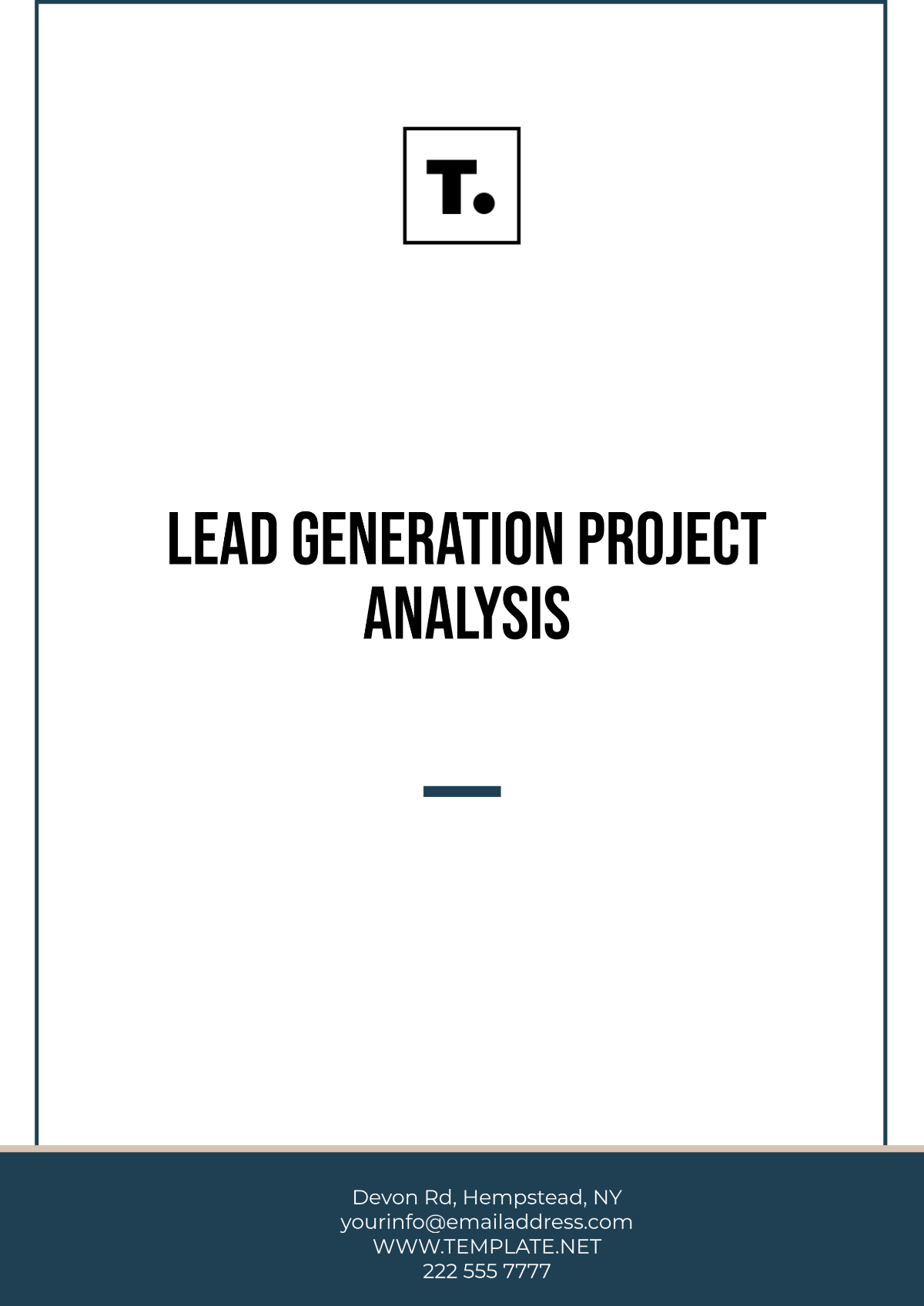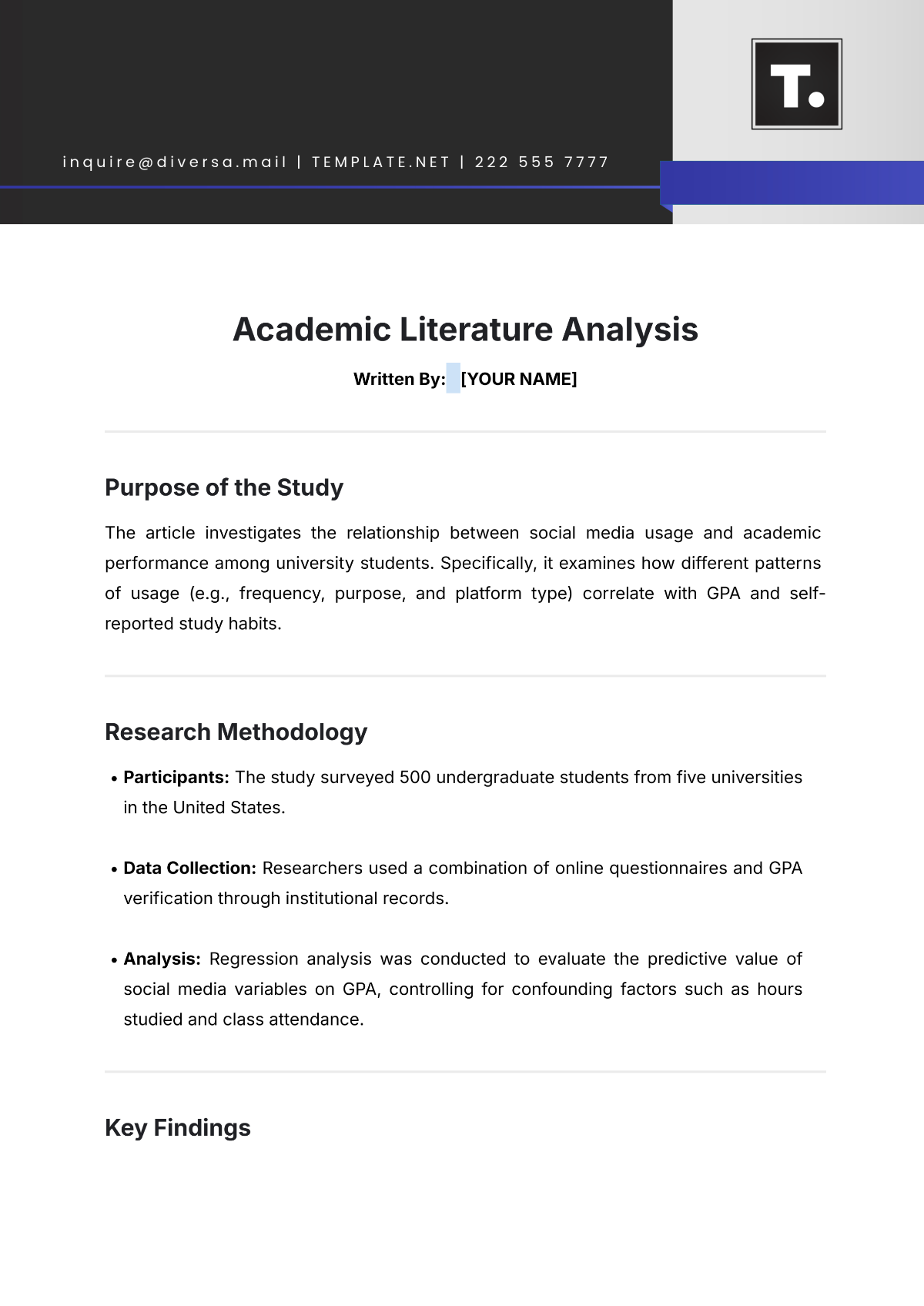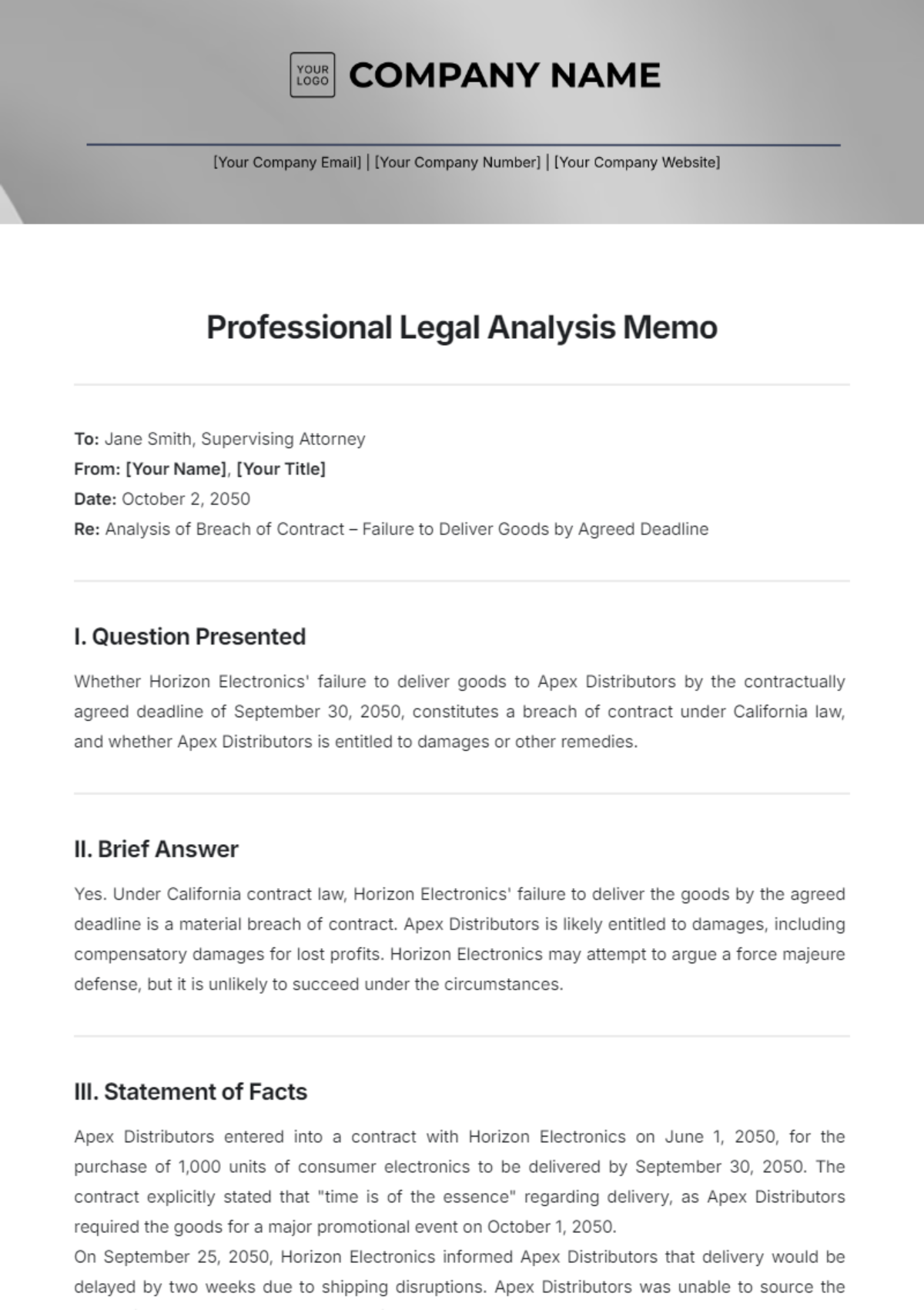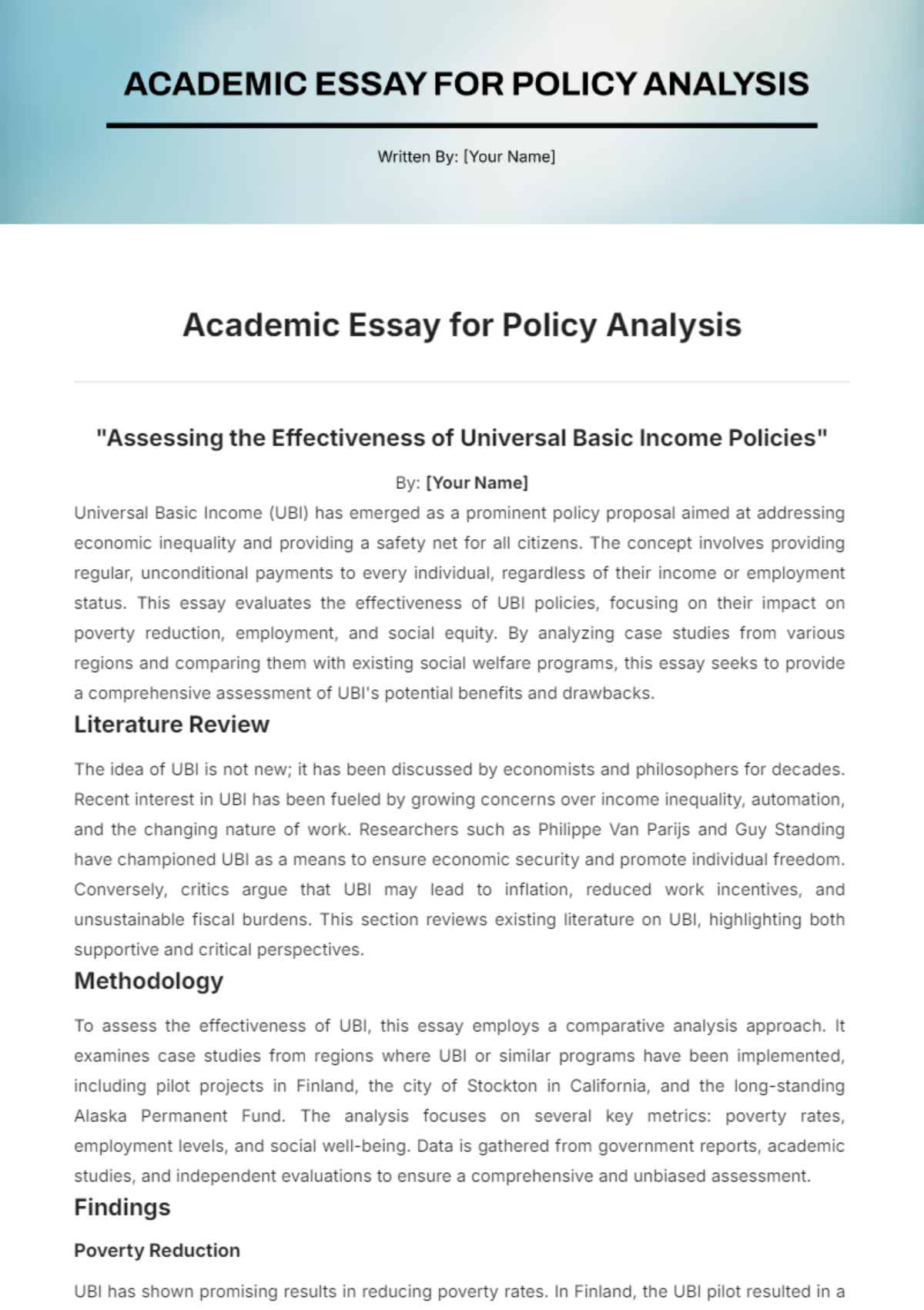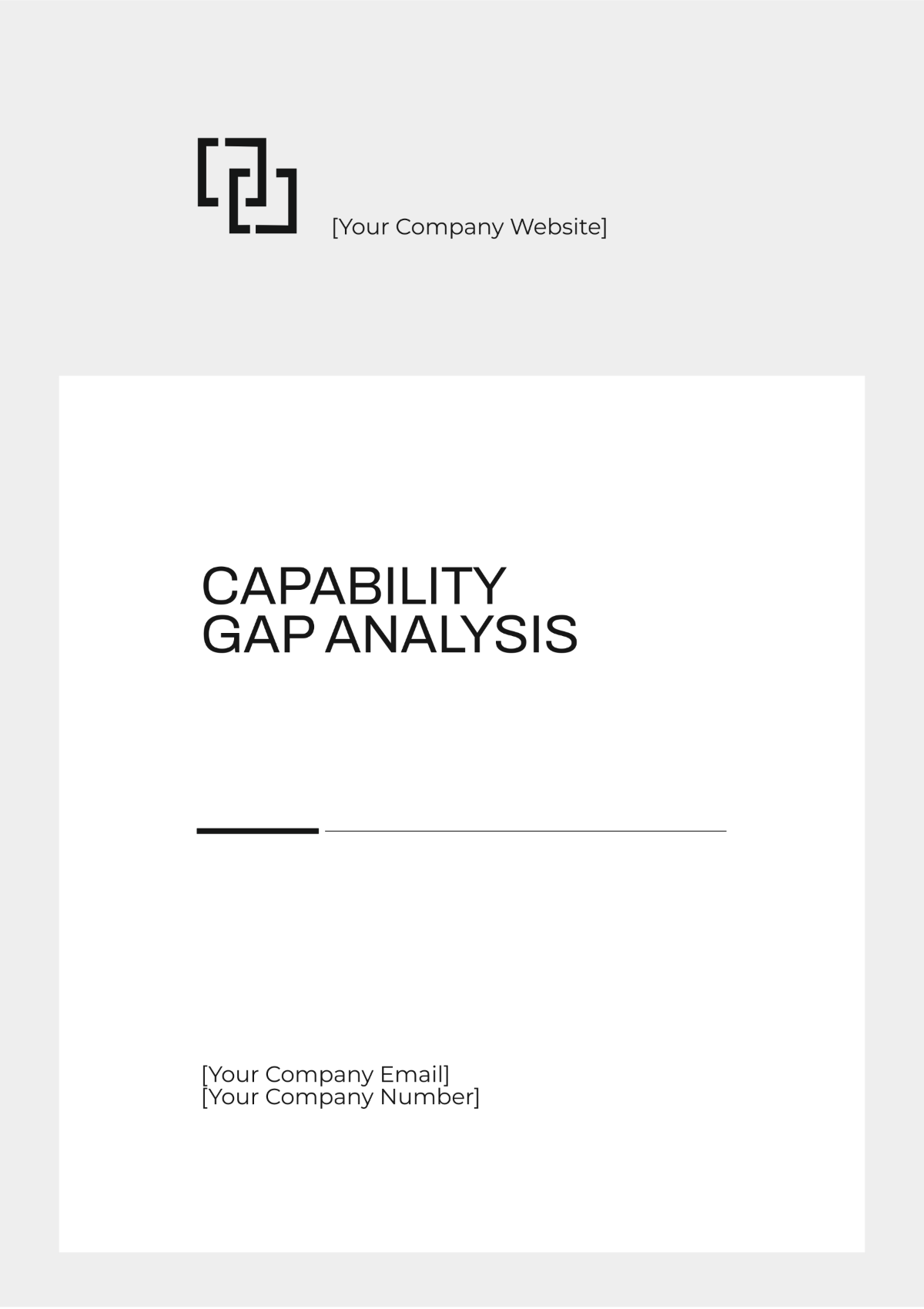Content Gap Analysis
Prepared by: [Your Name]
Date: [Date]
1. Introduction
A Content Gap Analysis identifies missing or underdeveloped content on a website or within a content strategy. This analysis aims to enhance content quality, improve SEO performance, and align content with user needs and competitive benchmarks. By systematically comparing existing content with competitors and industry standards, businesses can uncover opportunities for creating impactful content that drives engagement and achieves strategic goals.
2. Methodology
The methodology section outlines the approach used to conduct the Content Gap Analysis. This typically involves several steps:
2.1. Data Collection
Content Inventory: Gathering and cataloging existing content from the website or content repository.
Competitor Analysis: Identifying and analyzing competitor websites and content strategies.
Industry Standards: Researching best practices and benchmarks in the industry.
2.2. Analysis Techniques
Comparative Analysis: Comparing the organization’s content with competitors to identify gaps.
Keyword Analysis: Assessing keyword coverage and identifying missing keywords.
Performance Metrics: Reviewing content performance metrics such as traffic, engagement, and conversion rates.
3. Current Content Assessment
This section evaluates the existing content on the website or within the content strategy. It includes:
3.1. Content Inventory
Content-Type | Title/Description | Date Published | Performance Metrics |
|---|---|---|---|
Blog Post | "How to Improve SEO" | January 2050 | 1,000 views, 50 shares |
E-book | "Ultimate Guide to Marketing" | March 2050 | 500 downloads, 20 reviews |
Landing Page | "Product X Features" | June 2050 | 2,000 visits, 100 leads |
3.2. Content Evaluation
Quality: Assessing the relevance, accuracy, and depth of the content.
Coverage: Evaluating how well the content addresses user needs and topics of interest.
Engagement: Measuring user interaction and feedback.
4. Competitor Analysis
This section involves a detailed comparison of the organization’s content with that of its competitors.
4.1. Competitor Content Overview
Competitor | Content-Type | Title/Description | Performance Metrics |
|---|---|---|---|
Competitor A | Blog Post | "SEO Best Practices" | 5,000 views, 300 shares |
Competitor B | E-book | "Advanced Marketing Strategies" | 1,200 downloads, 100 reviews |
Competitor C | Landing Page | "Innovative Features of Product Y" | 3,000 visits, 150 leads |
4.2. Comparative Analysis
Content Gaps: Identifying areas where competitors have more comprehensive or higher-quality content.
Keyword Opportunities: Finding keywords competitors are ranking for that the organization is not.
Content Formats: Evaluating different content formats used by competitors that are missing or underutilized.
5. Content Gaps Identified
This section provides a detailed list of gaps discovered during the analysis.
5.1. Missing Topics
Emerging Trends: Content on the latest industry trends and innovations that are currently lacking.
User Pain Points: Topics addressing common user challenges and questions not covered adequately.
Advanced Guides: In-depth guides and resources not present in the current content.
5.2. Underdeveloped Content Areas
Detailed Case Studies: Lack of in-depth case studies showcasing real-world applications and success stories.
Interactive Content: Absence of interactive elements such as quizzes, calculators, or interactive infographics.
Multimedia Content: Limited use of videos, podcasts, and infographics compared to competitors.
6. Recommendations
Based on the identified gaps, the following recommendations are proposed:
6.1. Content Creation
Develop New Topics: Create content around missing topics and emerging trends to address user needs and competitive gaps.
Expand Existing Content: Enhance existing content with additional details, case studies, and multimedia elements.
Diversify Formats: Introduce various content formats such as videos, infographics, and interactive elements to engage different audience segments.
6.2. SEO and Keywords
Target Missing Keywords: Optimize content to include keywords that competitors are ranking for and that are relevant to the target audience.
Improve On-Page SEO: Enhance meta descriptions, headers, and internal linking to improve search engine visibility.
6.3. Content Strategy
Content Calendar: Develop a content calendar to plan and schedule new content creation and updates.
Performance Tracking: Implement tools to track content performance and make data-driven adjustments.
7. Conclusion
The Content Gap Analysis highlights key areas where content can be improved or expanded to better meet user needs and outperform competitors. By addressing identified gaps and implementing recommended strategies, businesses can enhance their content offerings, improve engagement, and achieve their strategic objectives.
Next Steps:
Review and prioritize recommendations based on business goals and resources.
Develop a detailed action plan for content creation and optimization.
Monitor and evaluate the impact of implemented changes on content performance and user engagement.









































